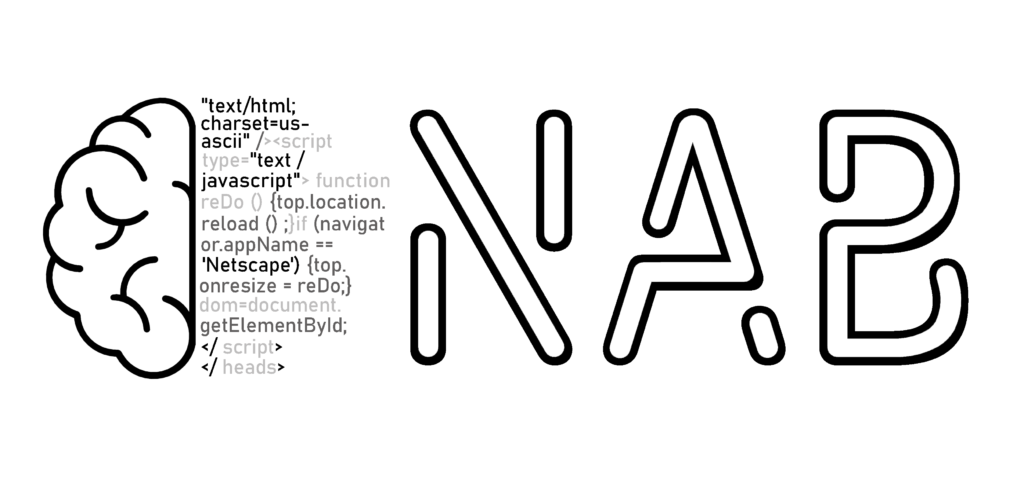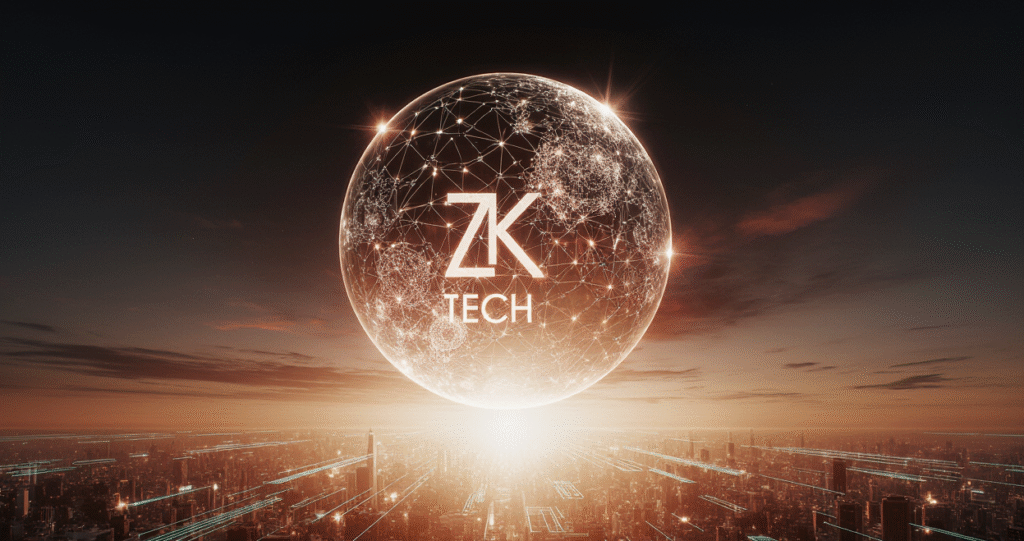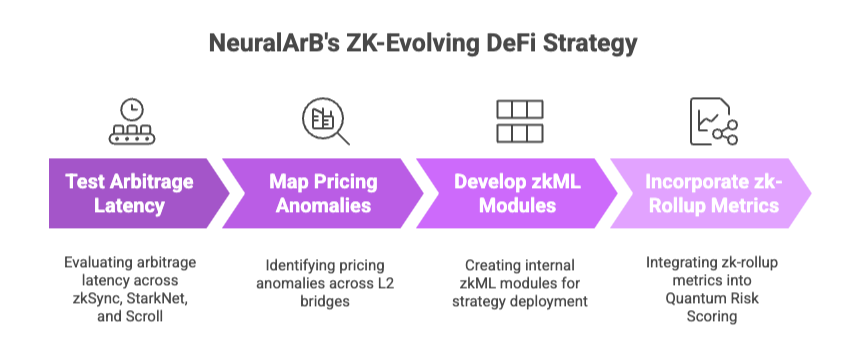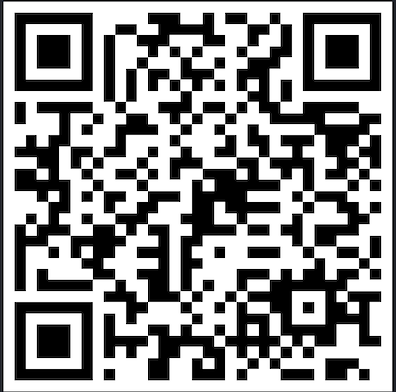Zero-knowledge (ZK) technology is rapidly becoming a cornerstone of Web3 infrastructure — not just for scalability, but also for reshaping data transparency, price discovery, and arbitrage behavior across decentralized markets. While ZK-rollups offer immense benefits in terms of gas reduction and privacy, they also introduce new opacity layers that can significantly affect how arbitrageurs — especially AI-driven systems — operate in modern DeFi ecosystems.
In this article, we explore:
- How ZK cryptography impacts price transparency in DeFi.
- The hidden edges ZK-rollups provide for AI-native arbitrage engines.
- Why manual or human traders may be systematically excluded from latency-sensitive DeFi arbitrage as ZK adoption accelerates.
🧠 1. The Foundation: What Are ZK Proofs and ZK-Rollups?
Zero-knowledge proofs allow one party to prove to another that a statement is true without revealing any underlying data. In the DeFi context, this is typically applied to transaction validity, smart contract execution, or balances — enabling verification without disclosing user identities, transaction history, or even full state transitions.
ZK-rollups bundle hundreds or thousands of transactions off-chain, generate a single proof, and post that onto Ethereum or another L1. This approach improves scalability and privacy — but introduces time gaps and data abstraction, making it harder to track real-time activity compared to traditional L1s.
📉 2. ZK Reduces Transparency — and Creates Blind Spots
ZK technology doesn’t just hide addresses or balances — it also masks the state of smart contracts until the proof is submitted. For arbitrageurs, this leads to:
- Delayed visibility into liquidity pool updates, swaps, or flash loan activity.
- Inaccurate or outdated oracle signals, depending on how frequently the rollup updates its proof on-chain.
- Sudden price jumps when a batch of transactions is revealed all at once.
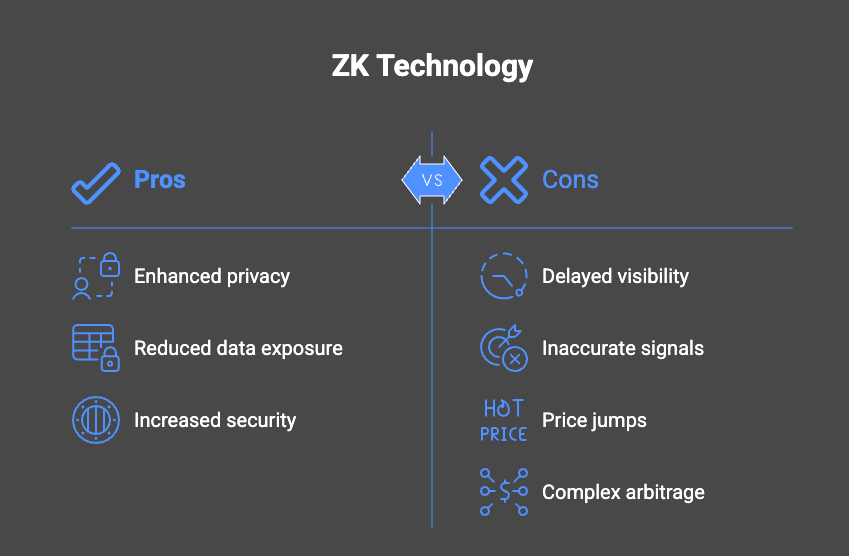
As a result, real-time arbitrage across chains or DEXes becomes more complex — unless you’re able to predict or model pending state transitions inside the rollup.
⚙️ 3. AI Arbitrage Engines vs. Human Traders
This is where AI-powered arbitrage systems gain an edge. Platforms like NeuralArB can:
- Infer rollup state using behavioral modeling, latency data, and historical rollup update patterns.
- Predict hidden arbitrage windows based on gas flow simulations and protocol behavior.
- React instantly once a proof is submitted, executing trades with millisecond precision before manual traders even spot the opportunity.
Meanwhile, most human traders — or even bots not trained on rollup-specific data — are left flying blind, with arbitrage windows closing before they can act.
🔗 4. The Cross-Rollup Arbitrage Challenge
One major arbitrage use case is cross-rollup DeFi: identifying mispricings between assets on zkSync, Starknet, Scroll, or Polygon zkEVM. But these ecosystems:
- Have different proof intervals (some every few minutes, others every hour).
- Use proprietary mechanisms for state compression.
- Are invisible to each other until data is relayed back to L1.
This fragmentation creates asynchronous pricing — which only advanced AI models, integrated with rollup relayers and prediction layers, can efficiently navigate.
📊 5. Does ZK Arbitrage Undermine DeFi Fairness?
It depends. While ZK-rollups improve security and privacy, they also centralize information advantage:
- Large players with infrastructure-level access or custom sequencers can front-run proof windows.
- Retail traders lose access to fair arbitrage unless they use AI agents or automated tooling.
- DeFi becomes less transparent, favoring those with technical sophistication.
In effect, ZK tech creates an arms race — one where human reaction time is no longer viable, and success depends on predictive inference and machine latency.
🤖 6. How NeuralArB Leverages ZK for Arbitrage
AI systems like NeuralArB are uniquely positioned to capitalize on these market changes by using:
- Predictive price modeling across rollup delays
- Bridge latency optimization for rollup-to-mainnet transitions
- Private mempool mirroring (via permitted off-chain data) for ZK inference
- Historical pattern mapping of delayed finality
These enable timing-based arbitrage even when visibility is low.
📈 Example: NeuralArB models can detect liquidity migration from StarkNet to Arbitrum, anticipating rollup-induced slippage up to 2 minutes before public finality occurs.
NeuralArB’s Role in ZK-Evolving DeFi
NeuralArB is actively:
- Testing arbitrage latency across zkSync, StarkNet, and Scroll
- Mapping ZK-induced pricing anomalies across L2 bridges
- Developing internal zkML modules for confidential strategy deployment
- Incorporating zk-rollup metrics into Quantum Risk Scoring (QRS)
💬 Frequently Asked Questions (FAQ)
What are zero-knowledge (ZK) proofs?
Zero-knowledge proofs are cryptographic methods that allow a party to prove the validity of information without revealing the information itself. In DeFi, they’re used to verify transactions and states without exposing user data or smart contract logic.
How do ZK-rollups differ from optimistic rollups?
ZK-rollups use cryptographic proofs to verify transactions instantly, whereas optimistic rollups assume transactions are valid and allow time for challenges. ZK-rollups provide higher security and faster finality but reduce real-time transparency.
Why do ZK-rollups impact arbitrage strategies?
Because ZK-rollups batch transactions and post them periodically to L1, there’s a delay in visible state changes. This creates uncertainty about real-time liquidity, pricing, and transaction status — affecting traders who rely on accurate on-chain data.
Can AI really outperform manual traders in ZK-based environments?
Yes. AI-powered arbitrage systems can model rollup behavior, infer pending state transitions, and react within milliseconds. Manual or human-based systems struggle to adapt to compressed or delayed information typical in ZK environments.
How can traders adjust their arbitrage strategies for ZK ecosystems?
To stay competitive, traders can:
- Use AI models to predict rollup proof intervals and liquidity changes
- Monitor gas flow and sequencer patterns
- Focus on cross-rollup inefficiencies or oracle update delays
Is ZK-based arbitrage ethical or fair?
ZK technology itself is neutral, but it does create informational asymmetry. Traders with better infrastructure or predictive AI have an edge. As with any innovation, fairness depends on access to tools, education, and open data.
Which ZK-rollups are most relevant for arbitrage today?
Prominent ZK-rollup platforms with active DeFi ecosystems include:
- zkSync Era
- Starknet
- Scroll
- Polygon zkEVM
Each offers different proof intervals, latency characteristics, and trading opportunities.
✅ Conclusion: A New Paradigm for DeFi Arbitrage
ZK tech is not inherently bad for arbitrage — it’s simply changing the rules. For platforms like NeuralArB, this opens up:
- New opportunities to train AI models on compressed state data and proof timing.
- Unique strategies based on proof-frequency arbitrage, rollup oracle lag, or sequencer predictability.
- Potential for ZK-augmented governance where DAO members themselves trade based on opaque vote outcomes.
As more of DeFi migrates to ZK infrastructure, arbitrage transparency is no longer guaranteed. In the zero-knowledge world, only systems capable of seeing in the dark — or predicting what’s ahead — will stay competitive.
